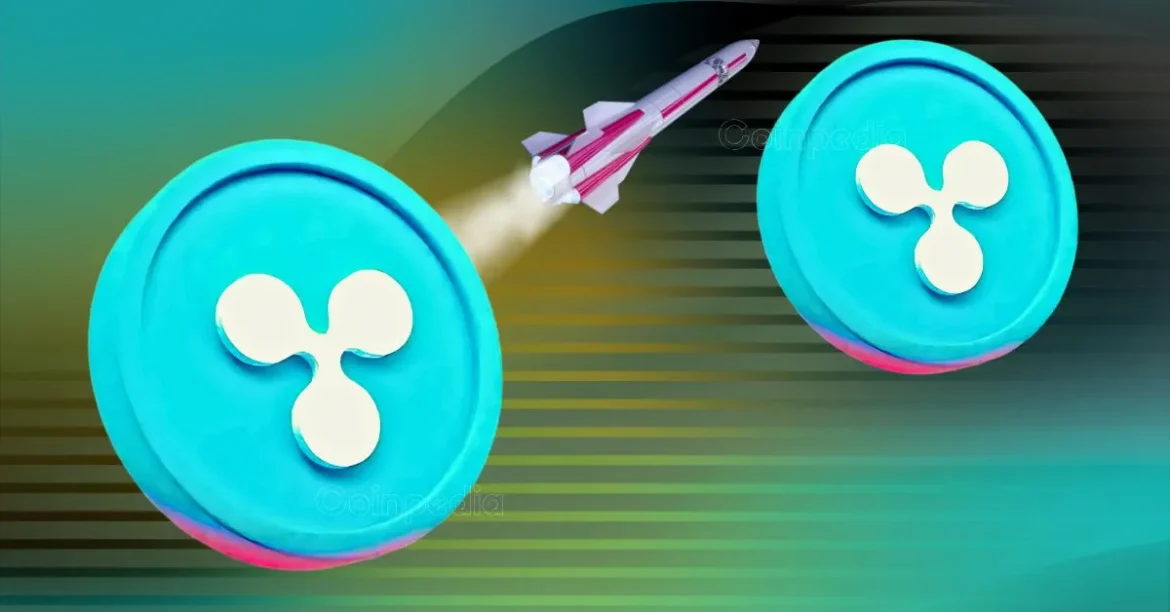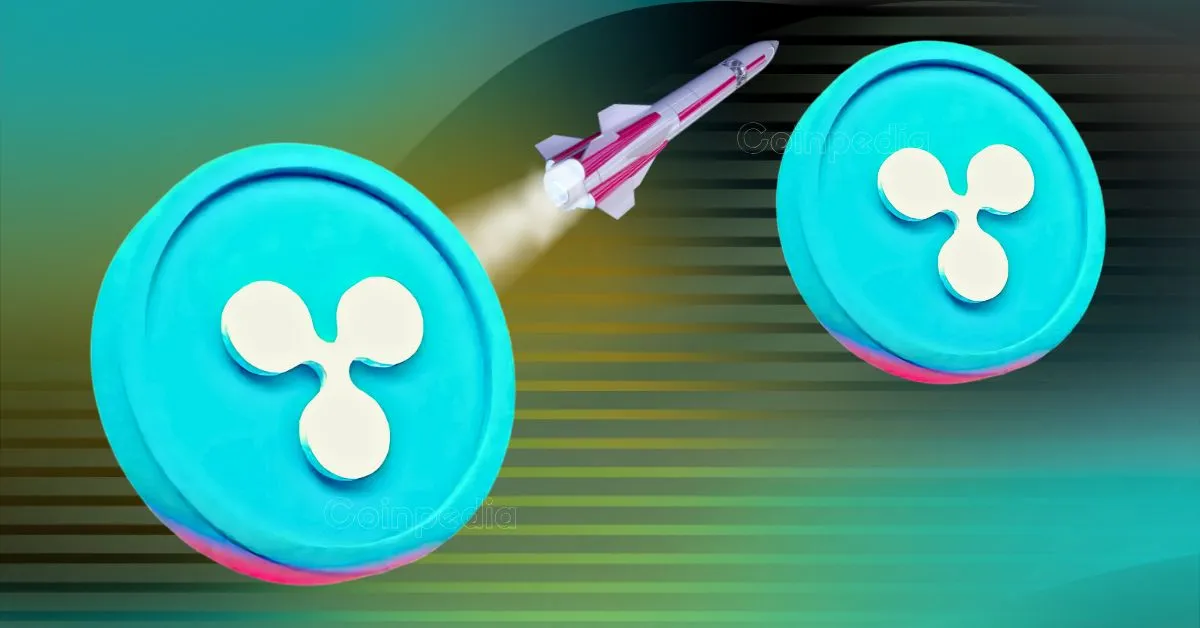The Ripple-XRP Phenomenon: Unraveling the $121 Million Treasury Move and Political Connections
The cryptocurrency landscape, always a hotbed of innovation and uncertainty, has recently been buzzing with notable developments centered on Ripple’s XRP token. A key highlight in this unfolding saga is a substantial $121 million private share placement by VivoPower International, aimed at kickstarting a pioneering XRP-backed treasury strategy. This move is layered with intrigue, not just for its financial magnitude but for the unexpected political and international links woven into the story, including ties to U.S. political figures and Saudi royalty. Understanding this complex scenario offers insights into XRP’s evolving role and the broader crypto market dynamics.
VivoPower’s Bold $121 Million XRP Treasury Initiative
VivoPower International, a NASDAQ-listed energy company, is charting an unprecedented course by dedicating a significant portion of capital towards digital asset treasury management with a focus on XRP. The company raised $121 million in a private placement at $6.05 per share, resulting in the issuance of 20 million ordinary shares. Notably, Saudi Prince Abdulaziz bin Turki Abdulaziz Al Saud led this round with a staggering $100 million investment, underscoring a marked institutional interest in XRP beyond the traditional crypto investor base.
This allocation toward XRP as part of VivoPower’s treasury strategy is groundbreaking on two fronts. Firstly, it signifies one of the earliest examples of a publicly traded company embracing XRP for treasury operations rather than merely speculative purposes or payment facilitation. Secondly, the scale of the investment is substantial enough to spotlight XRP’s potential viability as a digital asset for corporate balance sheet strategies, potentially influencing similar adoption trends across other public companies.
By augmenting its treasury with XRP, VivoPower aligns itself with the growing narrative that cryptocurrencies can serve not just as speculative instruments but as functional assets for corporate finance, possibly yielding liquidity benefits and exposure to cryptocurrency’s growth.
Political Underpinnings: The Trump and Ripple Nexus
Amidst the financial headline, the crypto community has taken special interest in the possible political dimensions influencing XRP’s trajectory. There have been documented interactions between Ripple—the company behind XRP—and former President Donald Trump. Notably, Trump engaged with Ripple executives and the broader crypto industry, shaping anticipations that his administration’s approach might be more crypto-friendly. This perception has seemingly encouraged banks and financial institutions to deepen their engagement with Ripple and XRP, as highlighted by Ripple’s CEO Brad Garlinghouse.
Trump’s tenure and electoral victories sparked significant rallies in XRP’s value, seen in the token’s performance rising roughly 240% year-to-date in some reports. This surge has been partially attributed to shifting regulatory expectations as the U.S. Securities and Exchange Commission (SEC) eased its investigative scrutiny of Ripple. While no direct causality can be conclusively established, the political environment under Trump appeared more conducive to innovation-friendly regulatory postures, which in turn buoyed Ripple’s market optimism.
Additionally, Ripple’s political engagements extend beyond U.S. borders, with prominent figures such as Chris Larsen publicly supporting political campaigns aligned with technological advancement visions, further embedding XRP in the intersection of finance, technology, and politics.
XRP’s Market Role and Competitive Position
XRP distinguishes itself with exceptionally low transaction costs, approximately 0.00001 XRP per transaction—mere fractions of a cent—which contrasts starkly with traditional international wire transfer fees that can range from $35 to $50. This cost efficiency propels XRP as an attractive medium for cross-border payments, where speed and affordability are critical.
However, XRP’s journey hasn’t been free from controversy or competition. Fierce debates have erupted positioning XRP against Bitcoin and other cryptos in terms of decentralization, adoption, and long-term value proposition. Critics have labeled XRP as “the worst crypto project,” perhaps reflecting skepticism about Ripple’s corporate governance or the nature of the token’s distribution model. Nevertheless, supporters emphasize Ripple’s growing suite of partnerships with financial institutions and the strategic benefit of integrating XRP for liquidity management and compliance.
The ongoing legal battle with the SEC remains a cloud over XRP’s widespread acceptance in the United States, but recent developments indicate progress toward resolution and regulatory clarity, which could further enhance XRP’s attractiveness.
Broader Implications for the Cryptocurrency Ecosystem
VivoPower’s public embrace of XRP signals a maturing phase for cryptocurrency, where digital assets transition from volatile speculative instruments to core financial tools for institutional operations. With major investments led by global figures like Prince Abdulaziz bin Turki Abdulaziz Al Saud, XRP’s reach now carries geopolitical dimensions, illustrating how crypto assets are entwining with global capital flows and diplomacy.
The Trump administration’s tacit support for cryptocurrency development set a precedent for how governments might engage with digital assets. Although a partnership between Ripple and the U.S. government may not materialize imminently, XRP remains a prime beneficiary of an environment increasingly open to decentralization and fintech innovations.
This evolving landscape also pushes traditional financial institutions to reconsider their strategies, evidenced by Ripple’s success in winning over banks and investors. The ripple effect (no pun intended) from these developments suggests crypto could become an entrenched part of mainstream financial ecosystems, given regulatory frameworks and technological infrastructure evolve in tandem.
Conclusion: Ripple’s XRP at a Crossroads of Innovation, Politics, and Finance
VivoPower’s $121 million investment in an XRP treasury strategy, coupled with high-profile political associations, underscores a pivotal moment for XRP’s integration into both corporate finance and broader economic narratives. The convergence of Saudi investment, U.S. political engagement, and Ripple’s proactive market dealings highlight cryptocurrency’s transition from fringe asset to a powerful tool with multiple strategic functions.
As XRP navigates legal uncertainties and market competition, its growing adoption by public companies and institutional stakeholders hints at a future where digital assets not only complement but potentially transform traditional financial paradigms. The intertwining of politics and crypto showcased here may well become a recurring theme as governments, investors, and technology firms shape the next chapter in the financial revolution.





